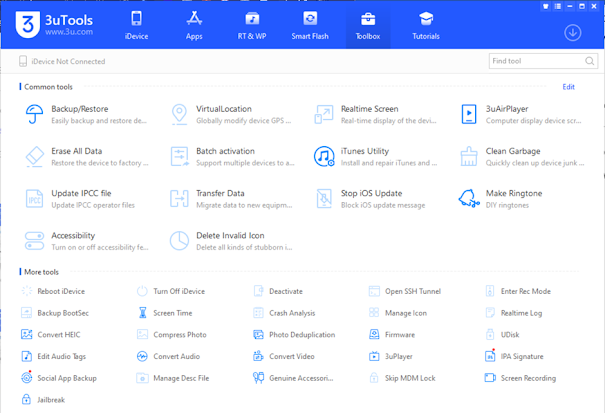Broken authentication and session management: session kidnapping opened
In today's mutual connected world, where users are at the core of data and online accounts digital services, it is important to maintain safe authentication and session management. Nevertheless, many web applications fail to apply it correctly, leaving them open for broken authentication weaknesses. One of the most dangerous consequences of such failures is the session hijacking—a cyber attack where attackers occupy a legitimate session ID to apply legitimate users.
In this blog, we dive a deep dive into the broken authentication, tell how the session works, examine the real -world examples, and presenting proven strategies to secure their applications against such dangers. Whether you are a developer, security analyst, or technical enthusiast, this guide will provide valuable insight.
What is a broken certification?
Broken authentication refers to weaknesses that allow the attackers to compromise with certification credentials or sessions tokens. It usually arises from poor implementation of login system, password management, and sessions control. Exploiting these flaws enables the attackers to achieve unauthorized access to user accounts.
Common causes include:
- Predictable or exposed session IDs
- Poor password policies or storage
- Insecure login mechanisms
- Lack of multifactor authentication (MFA)
- Session IDs in URLs or logs
What is session kidnapping?
Session hijacking is one of the most of the broken authentication. This occurs when an attacker steals or predicts a valid user's session ID and uses it to copy the user. Once under control, the attackers could perform unauthorized actions as they were users - viewing sensitive data, transferring funds, or modifying account settings.
The sessions IDs are usually stored in cookies, URLs or hidden fields. If these IDs are intercept or exposed, attacker can exploit them to handle sessions.
How the session kidnaps
- The user log in: A valid user logs into a web application.
- The session is created: The server creates a session and assigns a session ID, which is usually stored in a cookie.
- The session ID captured: An attacker receives sessions ID through techniques such as smelling, cross-site scripting (XSS), or physical access.
- Use of the session: The attacker sends a request for application using the stolen session ID.
- Access: The server considers the attacker as a valid user.
Session kidnapping technique
1. Session
Blocking sessions tokens on unprotected networks using devices such as Wireshark. Common in unsafe Wi-Fi environment.
2. Cross-Site scripting (XSS)
An attacker injects the script in a website that captures the session cookies from unheard users.
3. Man-in-the-Middle (MITM) attack
Attackers prevent communication between the customer and the server, gaining access to sessions data.
4. Estimated session token
Weakly generated sessions IDs that attackers can guess using cruel force or argument.
5. Session determination
The attackers set a known session ID in advance and tricked users in logging with that ID.
Real-World Session Hijacking Examples
1. Frequent incident (2010)
Firefox Extension, Fireshap enabled users to kidnap sessions on unsecured Wi-Fi by sniffing sessions cookies on sites such as Facebook and Twitter. This detected the severity of the session on the unsafe network and led to the adoption of broad HTTPS.
2. Yahoo bug bounty (2013)
A researcher found that the Yahoo Mail session token was not properly invalid after the logout, causing the session continuously abducting. Yahoo rewarded the researcher under his Bug Bounty Program and packed the issue.
Why the session kidnapping is dangerous
- User copy: Attackers achieve complete access to user accounts.
- Data Theft: Sensitive data such as email, payment information and personal details can be stolen.
- Financial fraud: Banking and e-commerce platforms are common goals.
- Privilege enlargement: Attackers can apply appreciation to achieve high-level access.
Detection of Session Hijacking
Detecting session hijacking can be challenging but not impossible:
- Monitor IP Changes: Flag significant geolocation/IP changes during a session.
- Session Activity Logs: Keep logs of user activities and monitor for anomalies.
- Multiple Concurrent Sessions: Unusual patterns of logins from multiple devices or locations.
- Rate Limiting: Brute force attempts to guess session IDs can be detected via request volume analysis.
Preventive Measures Against Session Hijacking
1. Use HTTPS Everywhere
Encrypt all communication between client and server to prevent interception of session data.
2. Implement Secure Session Management
- Use strong, random session IDs
- Set short session expiration time
- Regenerate session ID after login
- Invalidate sessions after logout
3. HttpOnly and Secure Flags on Cookies
- HttpOnly: Prevents access to cookies via JavaScript, protecting against XSS
- Secure: Ensures cookies are only sent over HTTPS
4. Enable Multi-Factor Authentication (MFA)
Even if the session is hijacked, MFA can prevent unauthorized access.
5. Device and IP Binding
Bind sessions to a particular IP address or device fingerprint.
6. Monitor and Alert
Implement behavioral analysis and trigger alerts on suspicious activity.
Common Mistakes in Session Management
- Reusing session IDs across logins
- Transmitting session IDs in URLs
- Not invalidating old sessions
- Lack of inactivity timeout
- Insecure storage of credentials or session info
Best Practices for Developers
- Avoid writing custom authentication mechanisms; use trusted libraries.
- Never store session IDs or credentials in local storage.
- Sanitize all user inputs to prevent XSS.
- Regularly review session handling logic.
- Educate your team on OWASP Top 10 security risks.
OWAS Recommendations
OWASP (Open Web app protection project) provides the following guidance:
- Use server-side session management.
- Use long, unexpected session ID.
- Apply safe cookie flags.
- Apply sessions timeouts and logout functionality.
conclusion
Broken authentication and session management, especially session kidnapping, is one of the most exploited web weaknesses. The consequences of a successful session kidnapping can be disastrous - not only for users, but also for businesses.
Understanding how sessions work abduction attacks and implement the best practices mentioned in this blog can lead to a long way towards building safe web applications. In the world dependent on digital interaction, it is not optional to secure the session - this is necessary.
Be safe, be aware, and never underestimate the importance of session integrity.






Comments
Post a Comment